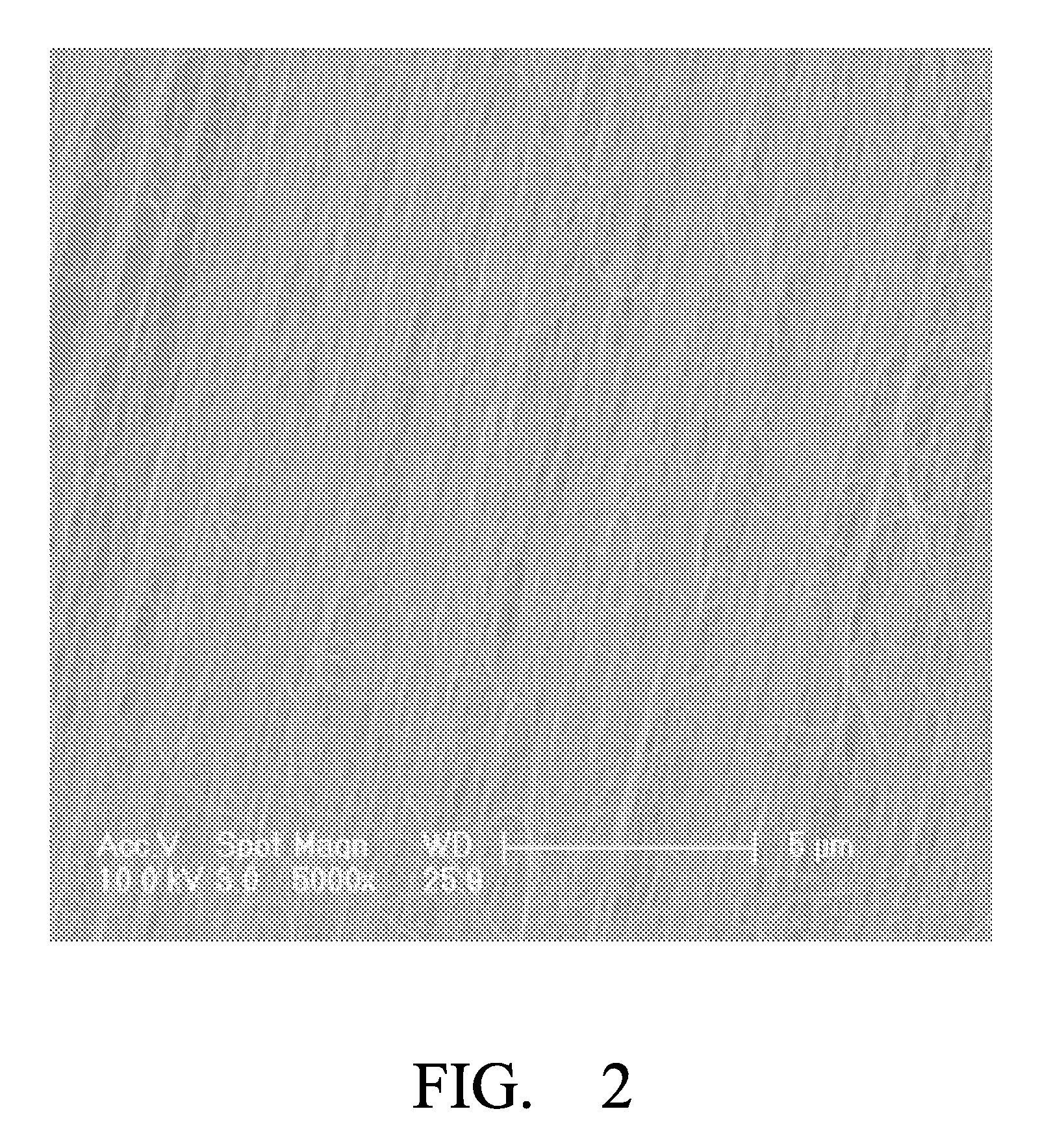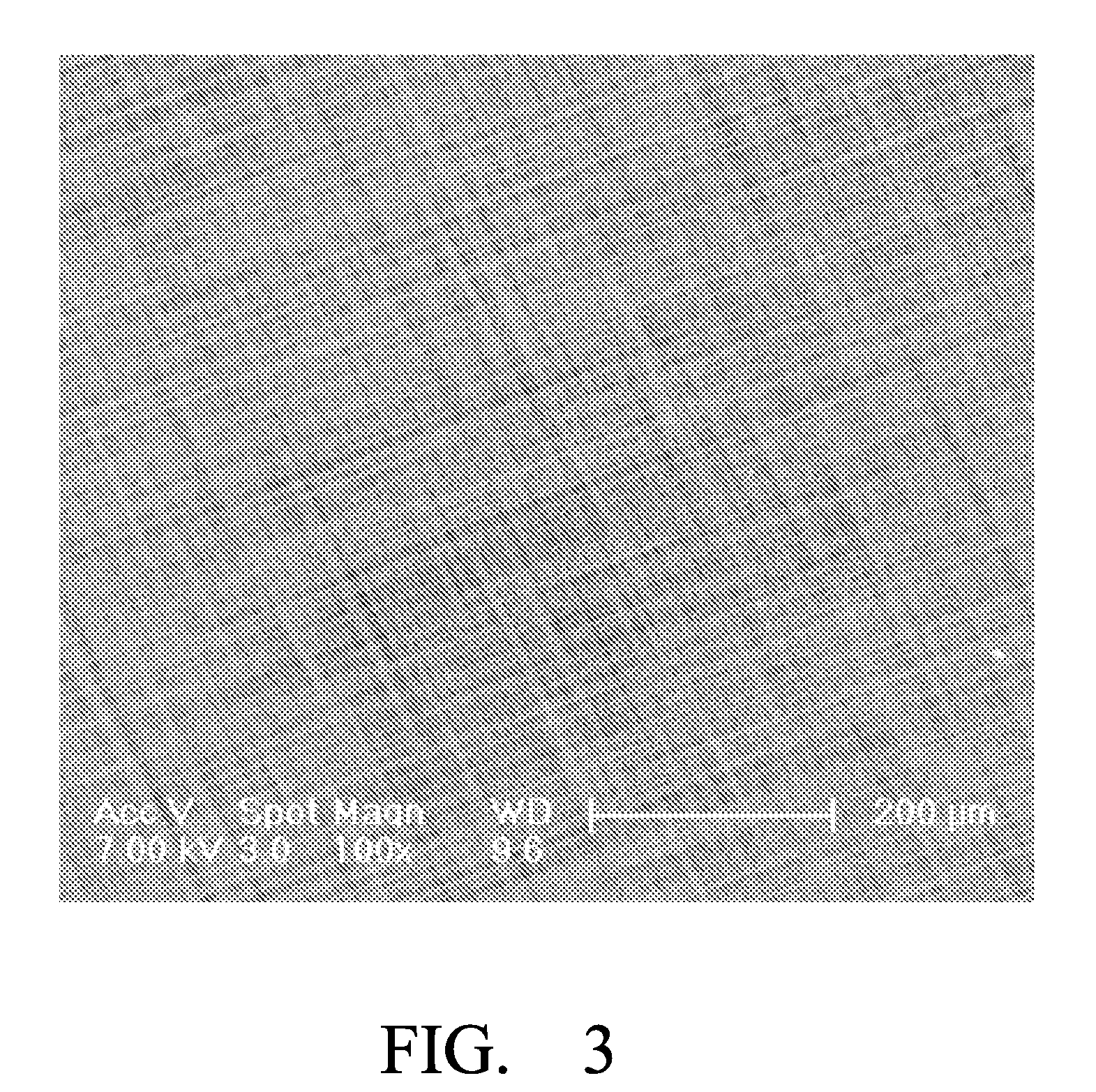Method of making transparent conductive film
a technology of transparent conductive film and conductive film, which is applied in the field of making transparent conductive film, can solve the problems of high cost, unsuitable for mass production, complicated equipment,
- Summary
- Abstract
- Description
- Claims
- Application Information
AI Technical Summary
Benefits of technology
Problems solved by technology
Method used
Image
Examples
Embodiment Construction
[0013]Reference will now be made to the drawings to describe various embodiments of the present method of making a transparent conductive film, in detail.
[0014]Referring to FIG. 1, a method for making a transparent conductive film, according to the present embodiment, comprises the steps of: (a) providing an array of carbon nanotubes (including super-aligned arrays); (b) extracting a portion of the carbon nanotubes from the array of carbon nanotubes to form a carbon nanotube film; (c) providing a support substrate and adhering the carbon nanotube film to the support substrate; (d) irradiating the carbon nanotube film with a laser beam along a predetermined path on the nanotube film thereby to cut a predetermined pattern within the path, wherein the laser beam has a power density of 10000-100000 watts per square meter and a moving speed of 800-1500 mm / s; (e) removing the predetermined pattern of the carbon nanotube film from the support substrate to obtain the required transparent co...
PUM
 Login to View More
Login to View More Abstract
Description
Claims
Application Information
 Login to View More
Login to View More - R&D
- Intellectual Property
- Life Sciences
- Materials
- Tech Scout
- Unparalleled Data Quality
- Higher Quality Content
- 60% Fewer Hallucinations
Browse by: Latest US Patents, China's latest patents, Technical Efficacy Thesaurus, Application Domain, Technology Topic, Popular Technical Reports.
© 2025 PatSnap. All rights reserved.Legal|Privacy policy|Modern Slavery Act Transparency Statement|Sitemap|About US| Contact US: help@patsnap.com



